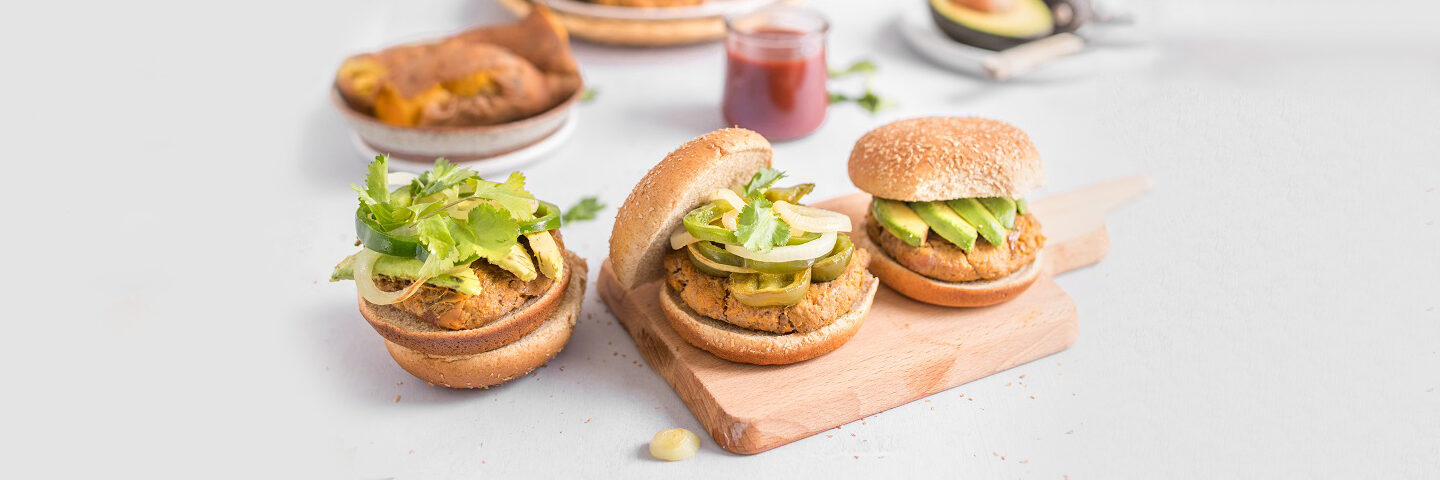
Nourish Your Own Way
National Nutrition Month is here so let’s take a moment to think about how we can personalize our plates – a very pertinent idea that can expand to the variety of ways we can nourish ourselves and our families to meet our individualized needs and tastes.
Here are some key points to help you include more fruits and vegetables into your day and routine this month. It takes a minimum of 18 days to make something a habit, though on average, it takes more than 2 months before a behavior becomes automatic. So, practicing these tips several times can help commit them to memory.
And if you have kiddos, remember that they are often modeling your behavior and observing what you eat and how you prepare food, so all of that goes into their eating styles and behaviors, too! When possible, finding a way to include kids in the preparation and cooking process is great for helping to spark their interest in new foods and cooking methods.
- Eat Foods from Different Food Groups
Maybe you find yourself gravitating towards that morning piece of toast or afternoon sandwich day after day, but how can you remind yourself to include different colors and food groups at your meals? Adding a piece of fruit on the side to breakfast, or topping your sandwich with vegetables can help increase the nutrient density of those meals, while also adding fruits and vegetables to your day. Adding eggs or a smoothie alongside at breakfast can be another option. Whatever you decide, it has to work for you and your lifestyle, so choose options that you like and that are feasible for you and your family. Aim to include carbohydrates, protein, fats and fruits and vegetables at most meals. - Meal Plan
While meal planning is typically taunted as a “spend 4 hours on Sunday to prep all of your weekly meals” type of thing, this may not be practical for many families. Instead, see if you can do small things to make your weeks easier. Meal prep can mean so many different things to different people. Maybe it means slicing peppers up ahead of time so they are ready to eat as a snack, a topping for a sandwich, or an add-in to a stir fry. Or, making a mental list of what you plan to make and serve each week. Meal planning does not need to be stressful or overwhelming. Getting in this routine can make your busy weeknights easier, reduce the time you spend prepping or thinking about what to cook, and can even save you time and money while grocery shopping. - Try New Recipes
Whether you enjoy cooking or not, as humans, we like variety on our plates. No one wants to eat the same breakfast, lunch or dinner day in and day out. Is there a recipe or meal idea that’s been on your mind for some time? What would it look like to try it this month? If it is a long recipe, split tasks and responsibilities up among family members. If certain foods are inaccessible, swap them out for substitutions. If fresh produce isn’t available, try canned or frozen. Get as creative as you need to be. See how it feels to treat your taste buds to new textures, flavors and combinations. It can even be as simple as swapping the chicken out for tofu or beef in your weekly stir fry, or building your salad with arugula instead of romaine, or even a combination of the two. - Minimize Technology at the Table
Being more mindful at family mealtimes can be a great way to bring attention to the food on the table, as well as try new foods. Distractions while eating can take attention away from the family gathering aspect of eating, and eating has always been a communal event. Part of the pleasure of eating revolves around enjoying it with others. Whether your family sits down together every night or a couple of times a week, trying to reduce screen time, phones and other distractions at the dinner table can lead to a more engaged conversation, and perhaps more curious awareness towards the food on the table. - Stock Up Your Pantry and Freezer
Sometimes, we just need quick meal ideas and food on the table after a busy workday, or a long day of homeschooling. In these cases, it’s helpful to have a plethora of pantry and freezer options to choose from that can cook quickly. Some pantry essentials include canned vegetables, legumes, pastas, grains, tortillas and bread products and canned seafood. Things to store in the freezer include frozen fruits and vegetables, frozen meats and leftovers. Keeping a variety of healthy options on hand is essential for being able to cook with them. Some easy meal ideas include:
- Pasta or stir fry with choice of protein + frozen broccoli or peas
- Quick cooking rice with tofu or beans and onions, peppers
- Blending sweet potatoes with ground turkey for easy sweet potato turkey burgers
- Potatoes roasted and paired with rotisserie chicken and canned corn
- Tossing frozen shrimp and a bag of frozen veggies on a sheet pan for an easy sheet pan garlic shrimp meal, paired with rice or pasta
- Quick homemade chili with canned beans, frozen vegetables, canned tomato sauce and chicken broth


